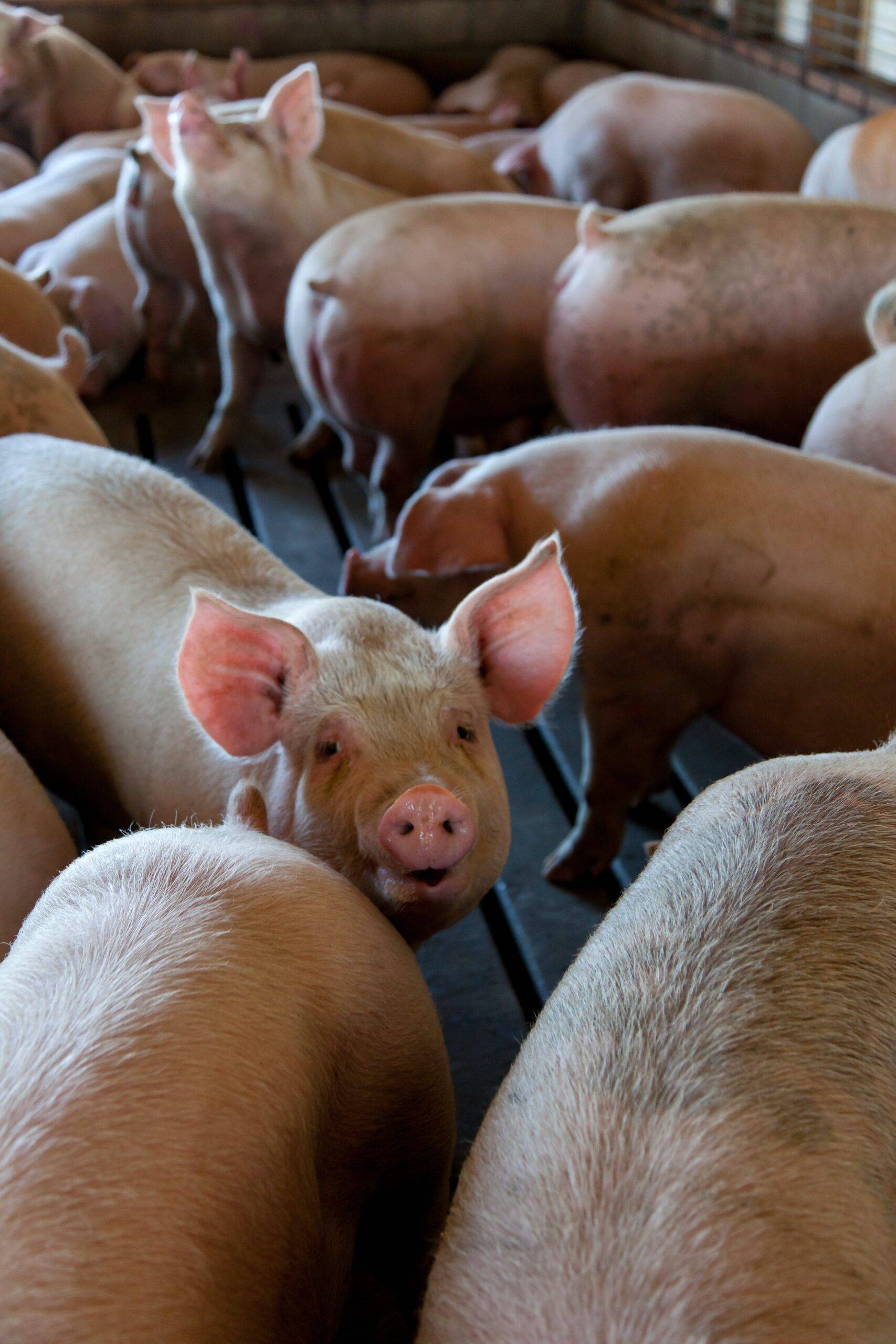The Importance of Carbon Dioxide in Soft Drinks
Carbon dioxide (CO2) is a key component in creating the fizz and refreshment that is characteristic of soft drinks. This gas plays a crucial role in giving these beverages their unique taste and mouthfeel, making them popular choices for consumers around the world.
Carbon Dioxide in Soft Drinks Production
When it comes to producing soft drinks, carbon dioxide is added during the carbonation process. This involves dissolving CO2 gas into the liquid to create the characteristic bubbles that give soft drinks their effervescence. The carbonation process is essential for creating the refreshing and enjoyable drinking experience that consumers expect from their favorite sodas and carbonated beverages.
Enhanced Flavor and Mouthfeel
Carbon dioxide not only adds fizz to soft drinks but also enhances their flavor profile. When CO2 is dissolved in water, it forms carbonic acid, which gives soft drinks a slightly tangy taste that complements the sweetness of the beverage. Additionally, the bubbles created by carbonation provide a unique mouthfeel that enhances the overall drinking experience.
Industry Insights
The soft drink industry relies heavily on carbon dioxide for the production of carbonated beverages. Companies such as Coca-Cola and PepsiCo use carbonation to differentiate their products and appeal to consumers who enjoy the refreshing sensation of fizzy drinks. These companies invest significant resources into ensuring that their beverages are properly carbonated to meet consumer expectations.
Financial Data
The use of carbon dioxide in soft drinks production represents a significant cost for companies in the industry. According to industry data, the global soft drink market is valued at over $400 billion, with carbonated beverages accounting for a large portion of this revenue. Companies must carefully manage their carbonation processes to ensure that they achieve the desired level of fizz while controlling costs to maintain profitability.
Consumer Preferences and Trends
Consumer preferences play a key role in driving the demand for carbonated soft drinks. Many consumers enjoy the crisp and refreshing taste of carbonated beverages, making them a popular choice for quenching thirst and enjoying with meals. Despite concerns about the health effects of sugary drinks, carbonated beverages continue to be a staple in the beverage industry, with new flavors and variants constantly being introduced to appeal to changing consumer tastes.
Environmental Impact
While carbon dioxide is essential for creating fizzy and refreshing soft drinks, its production and use also have environmental implications. The carbon footprint of the soft drink industry is a growing concern, as the CO2 used in carbonation contributes to greenhouse gas emissions. Companies are increasingly looking for ways to reduce their carbon footprint through sustainable practices and alternative methods of carbonation to minimize their impact on the environment.
In conclusion, carbon dioxide plays a crucial role in creating the fizz and refreshment that consumers love in soft drinks. This gas enhances the flavor and mouthfeel of carbonated beverages, making them a popular choice for consumers around the world. While the use of carbon dioxide in soft drink production represents a significant cost for companies, it is essential for creating the unique taste and experience that consumers expect. As the industry continues to evolve, companies will need to balance consumer preferences with environmental concerns to ensure the sustainability of their products.




